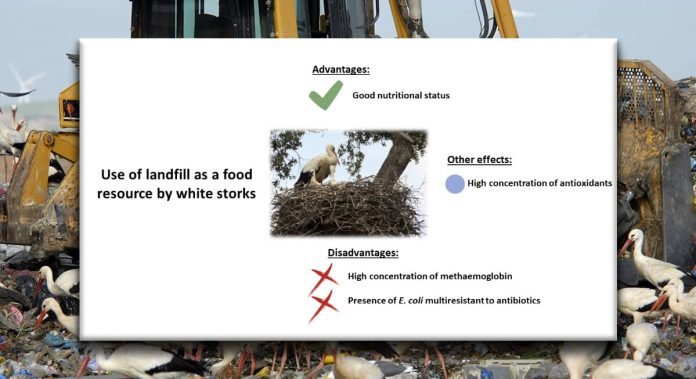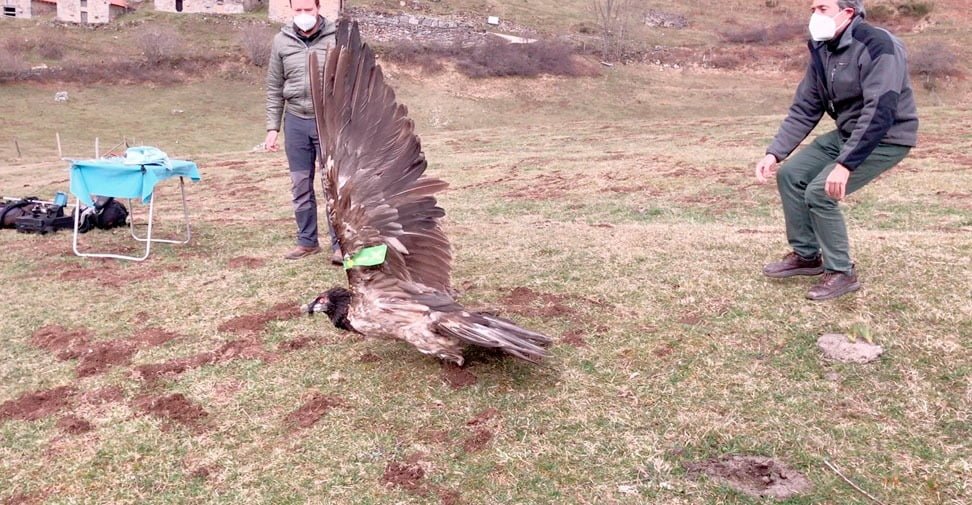The Instituto de Investigación en Recursos Cinegéticos (IREC)
Thanks to Rachel over at the Iberia Nature forum for posting the link to the The Instituto de Investigación en Recursos Cinegéticos (IREC)…. See here: https://iberianatureforum.com/forums/topic/the-instituto-de-investigacion-en-recursos-cinegeticos-irec/ Some fascinating studies such as white stork chicks being fed from waste tips, prey size for eagle owls and how to control the overabundance of certain wildlife species in … Read more



